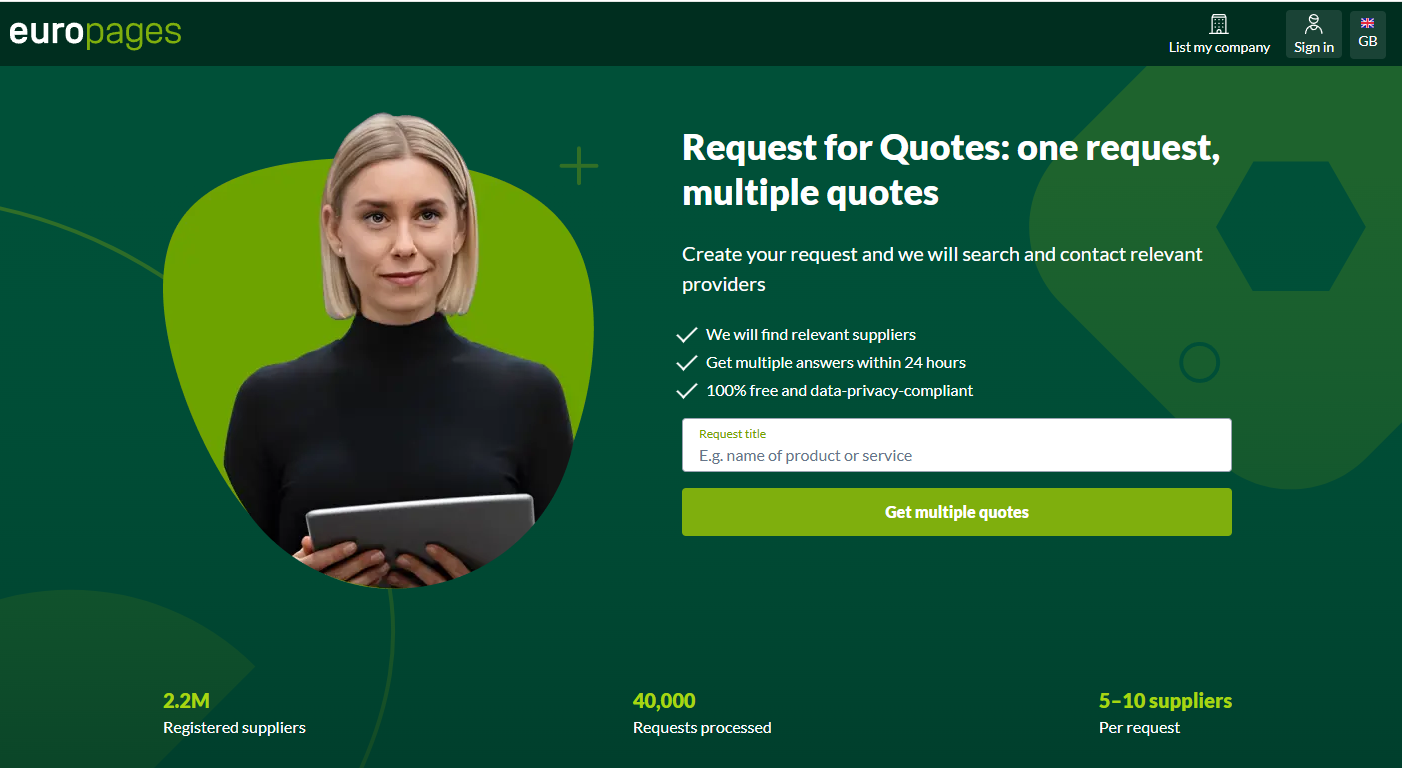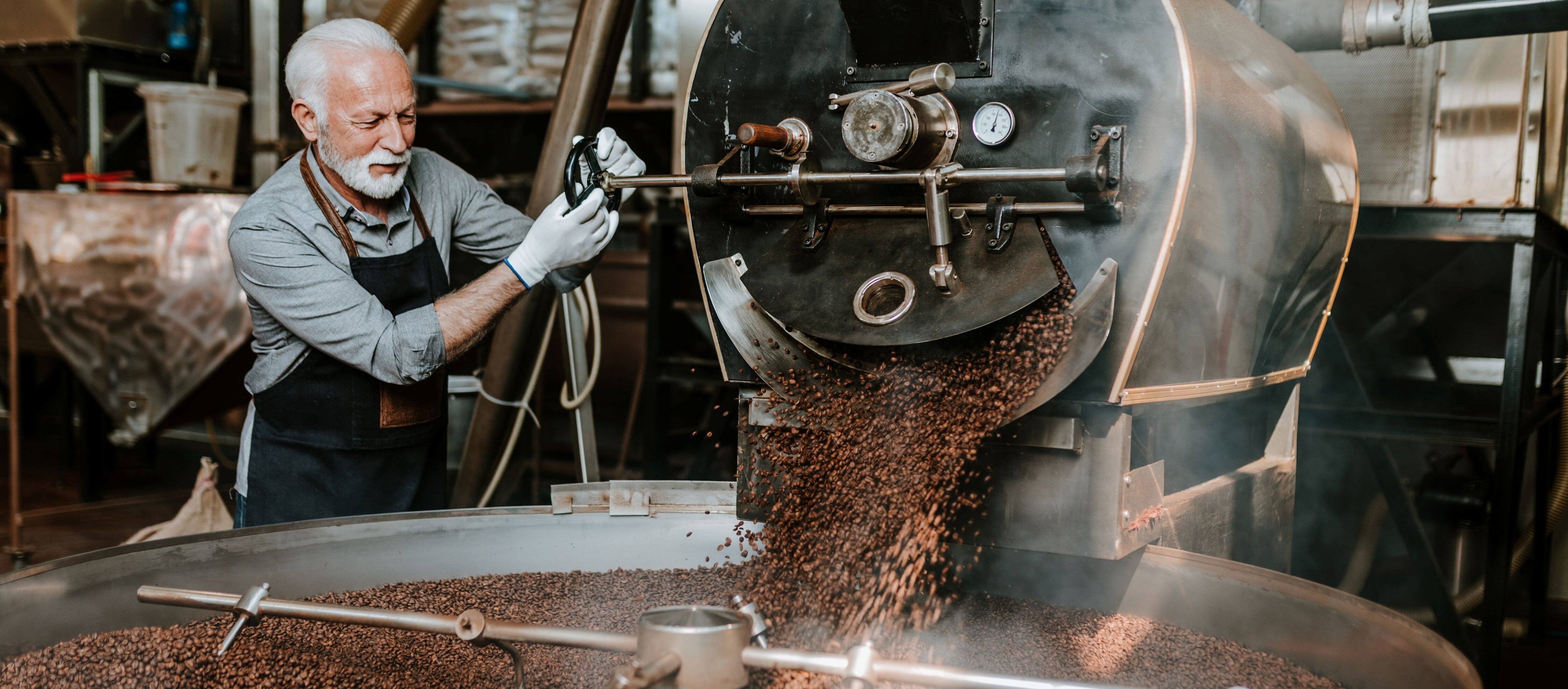Table of Content
- The Coffee Bean Crisis: What’s Going on in the Supply Chain?
- Climate and Cost: The Double Threat to Every Provider of Coffee
- How Risks and Traceability Issues are Jeopardizing the Coffee Bean Supply Chain
- Rising Coffee Costs: A Challenge for Every Provider of Coffee
- Pro Tip: Value-Added Strategies for Providers of Coffee
- Navigating the Coffee Crisis: Tips for Providers of Coffee and Consumers
- Securing the Future of Coffee Beans: Sustainability, Innovation and Adaption
- Conclusion
1. The Coffee Bean Crisis: What's Going on in the Supply Chain?
The current coffee crisis is truly a "perfect storm," with multiple problems hitting the global market at once. The main issue is a big drop in coffee production in key growing areas.
- Brazil, the world’s largest provider of coffee and a major player in the Arabica market, has been hit hard by extreme weather. Long droughts and sudden frosts have badly damaged coffee crops. These aren’t one-time events—they’re happening more often and with greater intensity, a clear sign of climate change that threatens the future of coffee farming in many traditional regions.
- Vietnam, the second-largest provider of coffee and the top producer of robusta beans (used in instant coffee and espresso blends), has also struggled with bad weather, making global supplies even tighter.
- Colombia, famous for its high-quality Arabica beans, is still fighting coffee leaf rust, a destructive fungus that ruins crops. These production problems have created a huge global shortage, pushing up prices for all types of coffee.
- On top of this, there’s a major shipping crisis in the Red Sea, a key route for coffee beans traveling from East Africa and Asia to Europe, North America, and beyond. Attacks on ships by Houthi rebels have forced companies to take longer, costlier routes around the Cape of Good Hope.
This adds weeks to delivery times and drives up shipping costs, which are passed on to consumers. Insurance costs for ships in the Red Sea have also soared, adding even more financial pressure. These delays and higher costs are directly raising the prices of all types of coffee worldwide.
Finding the right provider of coffee is crucial for any business. europages simplifies this: explore our network of suppliers for consistent quality and reliable sourcing, or browse through our dedicated coffee product listings directly.
2. Climate and Cost: The Double Threat to Every Provider of Coffee
The current price surge is caused by short-term issues like production drops and shipping problems, but the bigger, long-term threat to the coffee industry is climate change.
Coffee plants, especially Arabica, are very sensitive to temperature and rainfall. Even small changes can cause big problems—lower yields, more pests and diseases, and in some cases, land becoming unusable for coffee farming. This isn’t a future problem; it’s happening now, and it’s getting worse.
Climate change is making traditional coffee-growing areas less suitable, forcing providers of coffee to adapt or give up.
Extreme weather like droughts, floods, and heatwaves is becoming more common, stressing coffee plants and disrupting harvests. Diseases like coffee leaf rust are also spreading faster because of climate change, adding to farmers’ struggles.
On top of this, the economic challenges for providers of coffee are making the crisis worse. Most coffee is grown by small farmers, many of whom live in poverty and lack resources or support. These farmers often have no control over the prices they get for their beans.
Rising costs for things like fertilizer, fuel, and labor, combined with unstable and unfair market prices, leave them with little profit. This makes it hard for them to invest in sustainable farming, adapt to climate change, or even earn a decent living.
It’s a vicious cycle: economic pressures force unsustainable practices, which harm the land and reduce future yields. The future of sustainable coffee depends on fixing these economic inequalities.

3. How Risks and Traceability Issues are Jeopardizing the Coffee Bean Supply Chain
The global coffee supply chain is a complicated and often mysterious network, stretching from small farms in remote areas to coffee cups around the world.
It involves many players—farmers, processors, exporters, importers, roasters, distributors, and retailers. This complexity creates weak spots for every provider of coffee, making the system prone to disruptions at any stage.
A big problem is the lack of transparency and traceability in many parts of the chain. It’s hard to know where coffee beans really come from, whether workers are treated fairly, or if sustainable coffee claims are true.
Farmers often get only a tiny share of the final price, while price changes for consumers don’t always reflect the struggles producers face. This lack of openness fuels inequality and makes it harder to build a stronger, fairer coffee industry.
On top of that, the coffee supply chain has long delays and tricky logistics. This makes it tough to react quickly to changes in supply or demand, worsening the impact of disruptions like extreme weather or global conflicts.
Reliance on key shipping routes, like the Red Sea, adds even more risk. For every provider of coffee, adapting to this unpredictable environment is a constant challenge.
4. Rising Coffee Costs: A Challenge for Every Provider of Coffee
The skyrocketing price of coffee beans is creating waves across the global economy, hitting businesses of all sizes and industries. Small, independent coffee shops and providers of coffee are especially at risk. They run on thin profits and can’t easily handle higher costs.
Raising prices might drive away customers already struggling with inflation. Many are left with tough choices: cutting staff, reducing menu options, using lower-quality beans, or even shutting down. This has a big social impact, as coffee shops are often key community spaces.
Larger coffee chains and big food companies have more money and bargaining power, but they’re not safe either. They face pressure from shareholders to stay profitable, even as their costs soar.
Many have already raised prices for their ground coffee and artisan coffee, and more hikes could come if things don’t improve. This risks hurting their brand and pushing customers to cheaper options or cutting back on coffee altogether.
The ripple effect goes beyond coffee, affecting related industries like dairy (think milk for lattes), sugar, and even packaging. Rising costs for all types of coffee are changing how people spend and forcing every provider of coffee to adapt to a tougher economic reality.
Are you looking for a provider of coffee with a resilient and diversified supply chain? Request a quote on our website to find the ideal supplier.

5. Pro Tip: Value-Added Strategies for Providers of Coffee
In a shaky market, building strong relationships is more important than ever for providers of coffee.
Don’t just sell coffee—become a trusted partner. Go beyond offering coffee beans by hosting training workshops or sharing online resources about brewing methods, coffee origins, and tasting notes.
This positions you as an expert in the field. Create custom blends tailored to your clients’ needs, like cafes or restaurants, to build exclusivity and long-term loyalty.
If you sell brewing equipment, offer maintenance, repairs, and easy access to spare parts to keep your clients running smoothly. Consider flexible contract options like consignment, revenue sharing, or volume discounts to show you’re willing to share risks, which is especially appealing to smaller businesses.
These extra services set you apart from competitors, strengthen customer loyalty, and open doors for steady income, helping you stay stable even when coffee bean prices swing. For every provider of coffee, these steps are key to thriving in a tough market.
6. Navigating the Coffee Crisis: Tips for Every Provider of Coffee
To survive the current coffee price crisis and succeed in the long term, providers of coffee need to adapt quickly and embrace new approaches.
One of the most important steps is diversifying where coffee is sourced. Relying on just one region or a few suppliers leaves businesses too vulnerable to risks.
- Explore New Origins: Look into coffee-growing areas less affected by current challenges, which could lead to new, reliable sources of high-quality coffee beans.
- Build Direct Trade Relationships: Work directly with farmers and cooperatives, cutting out middlemen. This creates transparency, stable prices, and better quality control.
- Experiment with Different Types of Coffee: Try robusta varieties or lesser-known coffee types that might be more resilient or cost-effective, while making sure customers will accept them.
Finally, managing risks is no longer optional—it’s a must. The unpredictable coffee market requires a multi-step approach:
- Use Financial Tools: Consider hedging with coffee futures (with expert advice) to protect against sudden price jumps.
- Diversify Logistics: Work with multiple shipping providers and explore different transportation routes to avoid bottlenecks.
- Invest in Infrastructure: Support climate-resilient practices to protect against future challenges.
For every provider of coffee, from small farms to large companies, these steps are crucial to navigating the crisis and ensuring a sustainable future for all types of coffee.
7. Securing the Future of Coffee Beans: Sustainability, Innovation and Adaption
The long-term future of coffee depends on a major shift toward sustainable coffee, along with innovative solutions and a willingness to adapt to a changing world. Climate change is here to stay, and its impact on coffee production will only grow stronger in the years ahead.
To tackle this, every provider of coffee must invest in climate-resilient coffee bean varieties, promote agroforestry (growing coffee trees alongside other plants), and support reforestation efforts as essential steps.
The idea of sustainable coffee is gaining momentum, covering not just environmental concerns but also social and economic fairness. Consumers are increasingly looking for coffee that’s ethically sourced, environmentally friendly, and pays farmers fairly.
Certifications help assure buyers that their coffee meets these standards, but greater transparency and traceability across the entire supply chain are also needed. For example, Fairtrade International certification guarantees fair prices and ethical practices.
Technology will play a huge role in driving change. Researchers are working on disease-resistant coffee bean varieties, better farming methods like precision agriculture, and new processing techniques. Exploring new regions for growing coffee, especially areas less affected by climate change, is another promising path.
Innovations like blockchain could transform the coffee supply chain, offering unmatched transparency, ensuring fairer prices for providers of coffee, and giving consumers clear information about where their coffee comes from and how it’s produced.
Tools like drones, sensors, and data analytics can also help farmers manage irrigation, fertilization, and pest control more efficiently, boosting yields and reducing harm to the environment.
For every provider of coffee, from small farms to large companies, embracing these changes is key to securing the future of all types of coffee. The road ahead is challenging, but with innovation and collaboration, the coffee industry can build a more resilient and sustainable future.
Are you a provider of coffee looking for more exposure and reach? Request a consultation with our team to explore partnership opportunities.

8. Conclusion
The coffee industry is in the middle of an unprecedented crisis. Climate change, global conflicts, economic instability, and supply chain breakdowns have come together to create a "perfect storm," pushing coffee bean prices to record highs and putting millions of livelihoods at risk.
From droughts in Brazil and crop failures in Vietnam to shipping attacks in the Red Sea, the challenges are complex and interconnected. Every provider of coffee, big or small, is feeling the strain.
Solving this crisis requires urgent action: diversifying where coffee is sourced, cutting costs, and finding creative pricing strategies. Consumers also play a key role by choosing sustainable coffee and supporting ethical practices. The future of the industry depends on a strong commitment to sustainability, new technologies, and working together.
But what if the solution lies beyond coffee itself? While the focus has been on adapting within the coffee world, could the future include entirely new kinds of drinks?
Imagine the rise of functional mushrooms, adaptogenic herbs, or even lab-grown caffeine creating entirely new "morning ritual" beverages—not just as alternatives to coffee, but as preferred choices.
This "beyond coffee" approach could involve partnerships between providers of coffee and food tech startups, leading to a more diverse beverage market and less reliance on traditional coffee beans. This could redefine resilience, not just for the coffee industry, but for the entire world of beverages.
For more information on current trends and news in the food industry, read these articles:
- Coffee Sourcing: Bean to Cup Journey for B2B Success
- Gluten-Free Sweets: A Growing Market for B2B Bakeries
- Vegan Sweets: A Growing Market for Bakeries
- Fermented Foods: Benefits, Trends & Sustainability
- Foodceuticals: The Future of Food & Health

